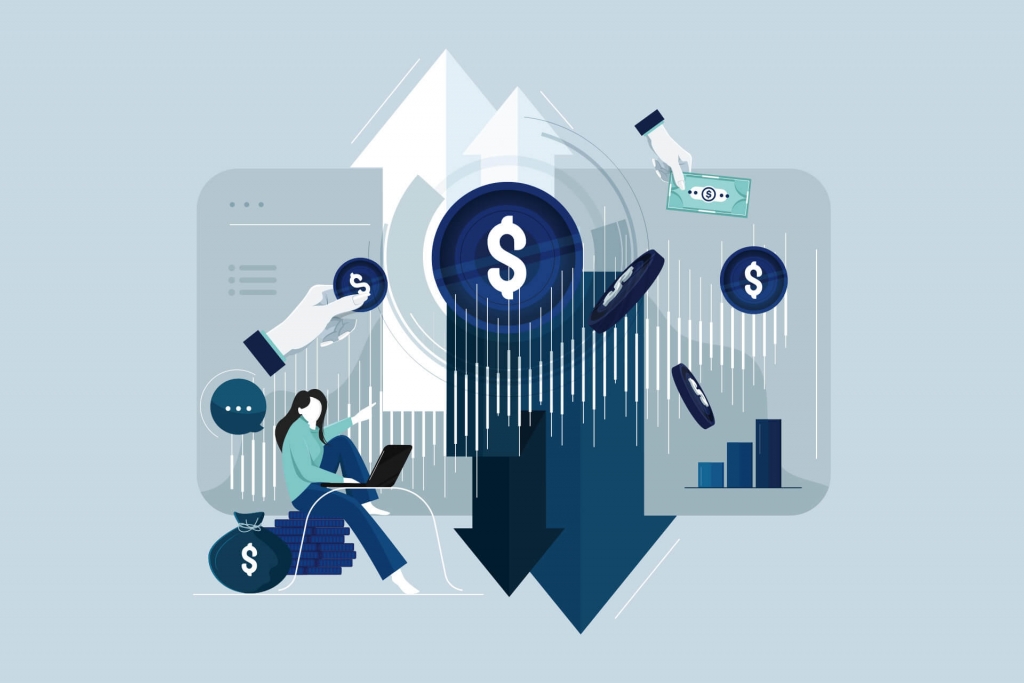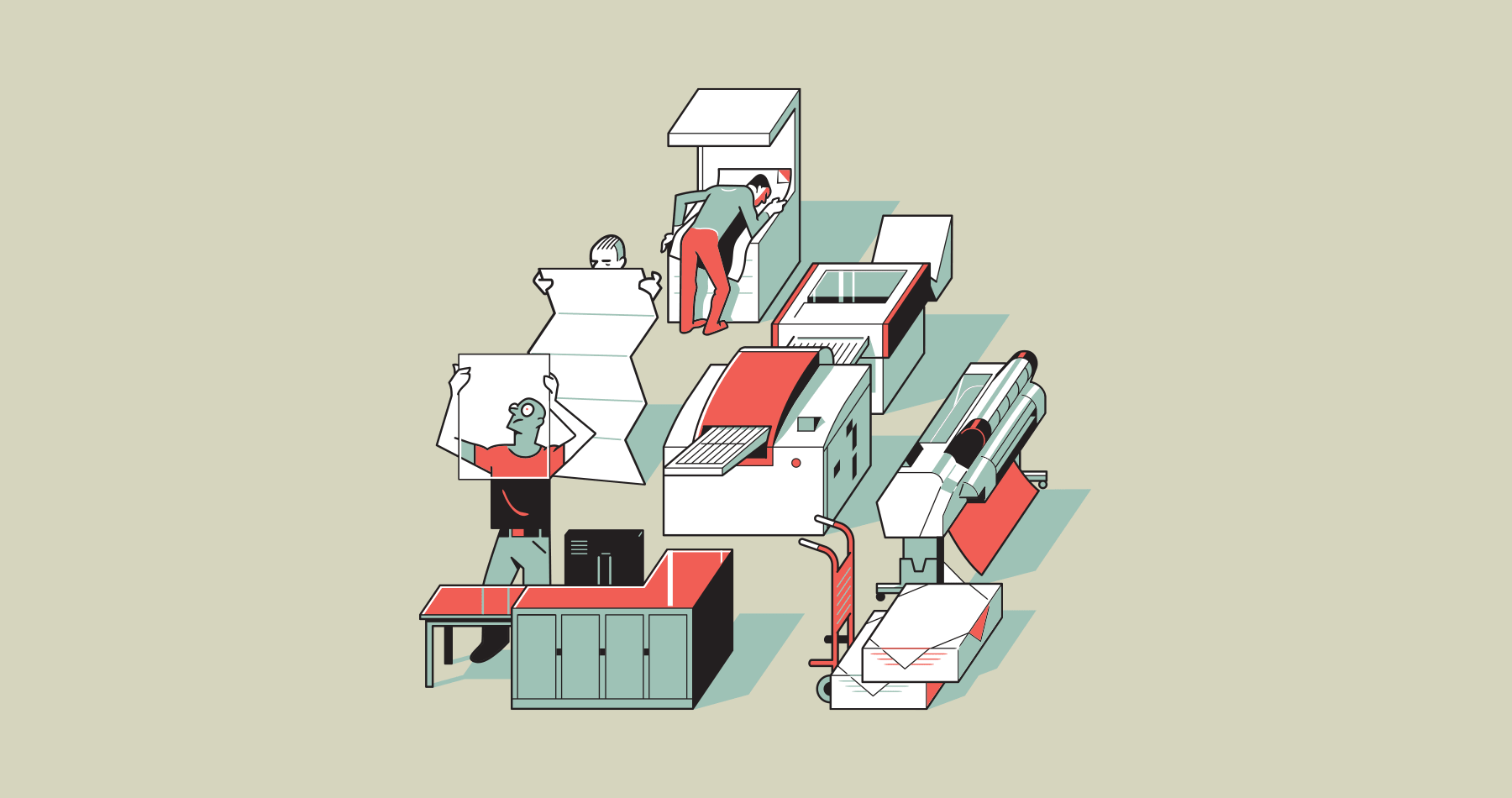Pricing controls and other metric best practices
In June, Hopkins Printing placed a large paper order that is scheduled to arrive in February 2023. You read that right. General Manager Roy Waterhouse says the customer was extremely appreciative to be able to lock in the price—a move, that in these days—will help it effectively budget into the new year.
Historically, most of Hopkins Printing’s projects are quoted and produced within a short amount of time, which helps it control costs. In today’s inflation-laden landscape, the Columbus, Ohio-based printer’s estimating department remains diligent to update the material cost standards in its estimating system.
Make no mistake about it—inflation is having a dramatic impact on Hopkins’ current costs. The printer has seen increases in paper costs between 30% and 40%, with many other supplies posting similar increases. “Most of our business is custom quote to the particular job, so the paper and other costs are included in the quote to the customer,” Waterhouse says. “We have found more customers thinking twice about doing print because of the additional cost and the additional postage for direct mail.”
“We have found the best way to deal with these inflationary times is to be honest and up front with our customers. The conversations are sensitive, but they are required.”
— Roy Waterhouse, GM, Hopkins Printing
While the inflation-fighting strategy that has been the most helpful in these unpredictable times might not be the one that jumps to mind, it is one firmly planted in the 45-plus-year-old company’s mission statement—honesty. “We have found the best way to deal with these inflationary times is to be honest and up front with our customers,” Waterhouse says. “The conversations are sensitive, but they are required.”
Customer interest has remained a strong tenet in the Hopkins Printing playbook. Over its long history, it has always maintained tight controls around costs, so nothing has really changed in that regard during this recent inflationary stretch. In fact, in an effort to maintain profitability and secure better pricing, the Hopkins team has had to change suppliers and/or products throughout the plant. Much of the credit goes to its efforts to spend more time analyzing its project load.
“We have had to have tight controls on tracking costs and keeping costs updated within the MIS system,” Waterhouse says. “This allows us to analyze each project through each department to determine which areas need improvement. We find the more we know about ourselves, the better we can serve the customer while still being profitable.”

Where we are; what we do
Last quarter, P&G announced its financial performance, noting an increase in sales of 6%: 3% driven from price increase and 3% from volume. Earning increase was only 1%, leading to the conclusion that the 5% increase was offset by increasing costs.
Saloni Vastani, Professor at Emory University’s Goizueta Business School, says the story is not new—costs for companies have gone up. From issues related to supply chain driving the higher price of raw materials to higher labor costs, many businesses are trying to figure out if these costs should be passed along to the customer and, if so, how to pass it along.
His recommendations are two-fold:
First and foremost, strategically evaluate if you want to share the costs: partial or full. How inelastic is the demand for the product/service? What does any change in volume do to your costs? What are the competitors doing, and how may they respond to your price move?
“Remember, no response is also a response,” Vastani says. “Evaluate the context in which your business is operating, and if you are the market leader or a follower before talking price.”
Second, if you decide to take the price partial or full, consider the three levers of making the price change: level, timing and communication.
Level: By how much do you increase price and for which products and services? A blanket price increase across all products is usually not the best approach. Strategically consider which products have some room to absorb price—maybe SKUs that are more inelastic or have some room to increase before crossing a price threshold.
“It is easier to increase from $939 to $949 versus going from $999 to $1009,” Vastani says. “Although the amount ($10) is the same, the psychological impact of moving to a $1,000-plus range is different. Consider these threshold effects because these influence perceived price for your customers. Firms also reduce the package size and keep the price the same. This tactic is known as Shrinkflation.”
Timing: The beginning of the year or season is a good time to implement these changes. If you are a market follower, let the market leader take the lead and follow quickly if demand is inelastic. If it is a price sensitive market, you may want to delay the increase and gain some market share before taking the increase. In such cases, you can wait three to four months after the market leader takes the price.
Communication: Craft a well-articulated message explaining to your customers why the prices are going up. Customers want to be treated fairly and taking the time to explain your situation will be well worth the effort. Also, train and inform your sales team and call centers with the reasons.
“You may be able to offer discounts to some customers to keep them at the current price level,” Vastani says. “Be strategic and control it to maximize revenue and profit.”
“You may be able to offer discounts to some customers to keep them at the current price level. Be strategic and control it to maximize revenue and profit.”
— Saloni Vastani, Professor, Goizueta Business School
Vastani says pricing has a significant influence on driving customer behavior and often is used to manage customer behavior. Higher prices deter consumers and lower prices incentivize people to buy more. “For decades, airlines have used dynamic pricing techniques to manage demand. Fast pass lanes in many cities are dynamically priced to keep cars moving in that lane. Parking meters in Los Angeles are adjusted to dynamically price spots to reduce demand during peak times. However, a firm’s pricing strategy can have an enormous impact on even the public welfare space.”
As we learn more about what motivates humans, not just as consumers, but as people, can we use it to drive people to more prosocial behaviors that benefit firms, consumers and the environment? Vastani says that Prosocial Pricing strategies have the power to improve the quality of our lives, create a sustainable planet and likely even save lives.
“So, perhaps, Public-Private-People-Partnerships should be the new 4 P’s added to the pricing playbook.”
A new playbook for CEOs
Build digital, integrated, transparent and agile supply chains
A recent McKinsey & Company survey of supply chain leaders found that an overwhelming majority had problems in their global manufacturing and supply footprints. In response, many moved to increase inventories and find new sources. Here are several areas they say you can pursue aggressively:
Make your entire supply chain visible
Push your company to collect the data required to understand industry dynamics at the “tier-n” level. Map and prioritize suppliers by the importance to your business.
Identify and manage potential supply chain risks
Depending on your company’s sector and needs, factor in a range of risks, including those involving finance, regulation, reputation and data security. Operational-risk management is particularly important. Examine vulnerabilities inherent in the concentration of suppliers in the same area, the visibility of operations and processes, labor, manufacturing, and delivery.
Make seamless end-to-end planning a priority
End-to-end planning involves several things. On the supply and demand side, you must plan for longer lead times and earlier ordering. The financial implications of increased transportation, energy, and materials costs on working capital must be understood. The reorder points and stock of critical materials in inventory have to be reviewed. Production programs must be reprioritized in the event of foreseeable shortages.
Other recent articles

The Vanishing

Weighing In

We’re OK

The Guide

By The Numbers

